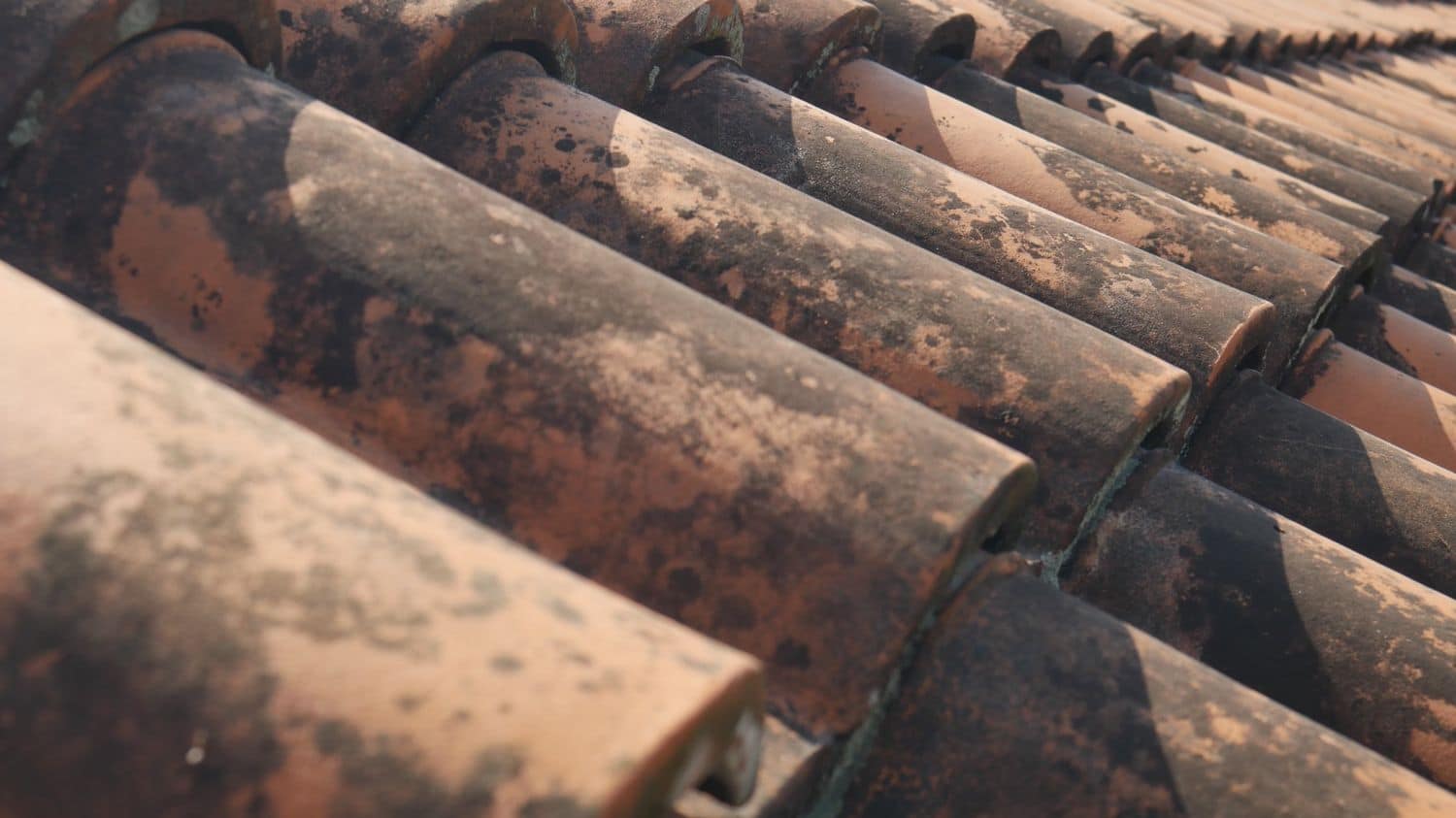Asbestos may seem like a problem of the past, but it’s a present danger that still hides in many homes and buildings. Often invisible to the naked eye, asbestos dust is one of the most serious threats to respiratory health today. Whether you’re a homeowner, contractor, or simply someone concerned about your environment, understanding the true nature of asbestos dust — and how to deal with it safely — is critical.
The Silent Killer: What Asbestos Dust Really Is
Asbestos is a group of naturally occurring minerals made of thin, needle-like fibers. When disturbed, these fibers can become airborne as a fine dust. This dust is what poses the greatest risk. Because the particles are so small, they can be inhaled deeply into the lungs without detection. Once in the body, asbestos fibers don’t break down easily. Instead, they can stay lodged in the tissue for decades, silently triggering inflammation and scarring.
Why Just One Breath Can Be Deadly
It doesn’t take a massive exposure to suffer the consequences of asbestos dust. Even brief, minor contact can cause serious health problems years down the line. Diseases linked to asbestos include mesothelioma (a rare and aggressive cancer), lung cancer, and asbestosis — a chronic lung condition that causes shortness of breath and irreversible lung damage. The danger is especially heightened during renovations or demolitions, when previously contained asbestos can become airborne.
The Hidden Places Asbestos Lurks in Homes and Buildings
Many assume asbestos is only found in old roofing, but it can be lurking in much more unsuspecting areas. In homes and buildings constructed before the 1990s, asbestos may be present in:
- Ceiling and wall insulation
- Floor tiles and adhesives
- Cement sheeting and cladding
- Pipe insulation
- Roof shingles and guttering
Because asbestos was used for its fire-resistant and insulating properties, it found its way into a variety of construction materials. Unfortunately, many of these products remain intact in older properties, often undisturbed until renovation or decay exposes the danger.
How Asbestos Affects Your Lungs — And Your Life
Once inhaled, asbestos fibers begin a destructive process in the lungs. The body’s immune system tries to eliminate these invaders but fails to break them down, causing prolonged inflammation. Over time, this can lead to thickening of lung tissue, fluid buildup, and even genetic damage to cells — increasing the risk of cancers. Mesothelioma, in particular, is almost exclusively caused by asbestos exposure and can take 20–50 years to develop. That’s what makes early exposure so deceptive and dangerous — symptoms might not appear until it’s too late.
Who’s Most at Risk? Occupations and Situations That Face the Greatest Danger
Certain professions face a significantly higher risk of asbestos exposure due to the nature of their work. These include:
- Construction workers
- Plumbers and electricians
- Demolition crews
- Shipyard and factory workers
- Roofers and home renovators
Even today, workers who unknowingly disturb asbestos-containing materials can put themselves — and others — at risk. Homeowners who take on DIY renovations without checking for asbestos may also expose themselves and their families.
What Science Says About Asbestos Exposure Over Time
Scientific research has consistently shown that the risk of asbestos-related disease increases with both the intensity and duration of exposure. However, there is no “safe” level of exposure. Even low levels can lead to health complications, especially with repeated contact over time. The latency period — the time between exposure and the appearance of symptoms — is what makes asbestos so sinister. You could be breathing it today and not feel any effects for decades.
Asbestos Myths That Could Be Putting You in Harm’s Way
A number of myths continue to mislead people into taking unnecessary risks. For instance:
- Myth: “If it’s in good condition, it’s safe.”
Reality: Even sealed asbestos can be disturbed during repairs or weather damage. - Myth: “Only factory workers get sick from asbestos.”
Reality: Cases of mesothelioma have been found in people who lived near asbestos facilities or washed contaminated clothing. - Myth: “I can remove small amounts myself.”
Reality: Disturbing asbestos without proper containment dramatically increases risk.
How Professionals Actually Contain Asbestos Dust
The process of containing and removing asbestos isn’t as simple as bagging up debris. Licensed professionals follow strict regulations to prevent fiber release and ensure public safety. At ICON Asbestos Roof Replacement, for example, our trained team uses advanced containment systems like negative air pressure enclosures and HEPA-filter vacuums. We also seal off affected areas completely, wear protective gear, and dispose of the material at certified hazardous waste facilities. It’s not just about removal — it’s about removing risk.
Can You DIY Asbestos Removal? Why That’s a Hard No
Many homeowners are tempted to handle asbestos removal themselves to save on costs. But DIY removal without the right tools and safety protocols can turn a minor issue into a widespread health hazard. Even disturbing a single panel can contaminate an entire home with microscopic fibers. That’s why in many regions, it’s illegal to remove significant quantities of asbestos without a license. Trusting experts like ICON Asbestos Roof Replacement not only ensures compliance but protects your family and neighbors.
Protecting Your Family: What to Do If You Suspect Asbestos in Your Space
If you suspect there’s asbestos in your home or workplace, don’t panic — but don’t touch it either. The first step is to contact a certified asbestos assessor or removal company. They can take samples and safely test the material. If asbestos is found, you’ll be given a plan that might include encapsulation (sealing it in place) or full removal. Until then, avoid disturbing the area. Never sand, drill, or scrape materials you suspect might contain asbestos.
Whether you’re upgrading your home or safeguarding a commercial property, the goal should always be prevention over reaction. By staying informed, alert, and relying on certified professionals like those at ICON Asbestos Roof Replacement, you can handle asbestos dust the safe and responsible way.




